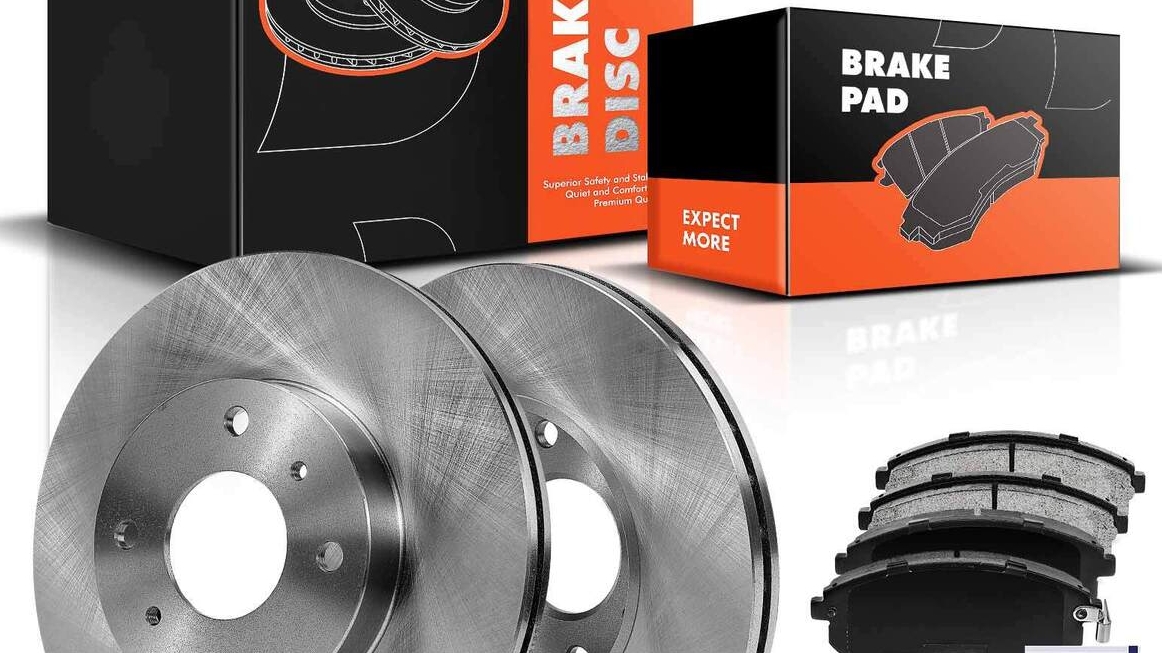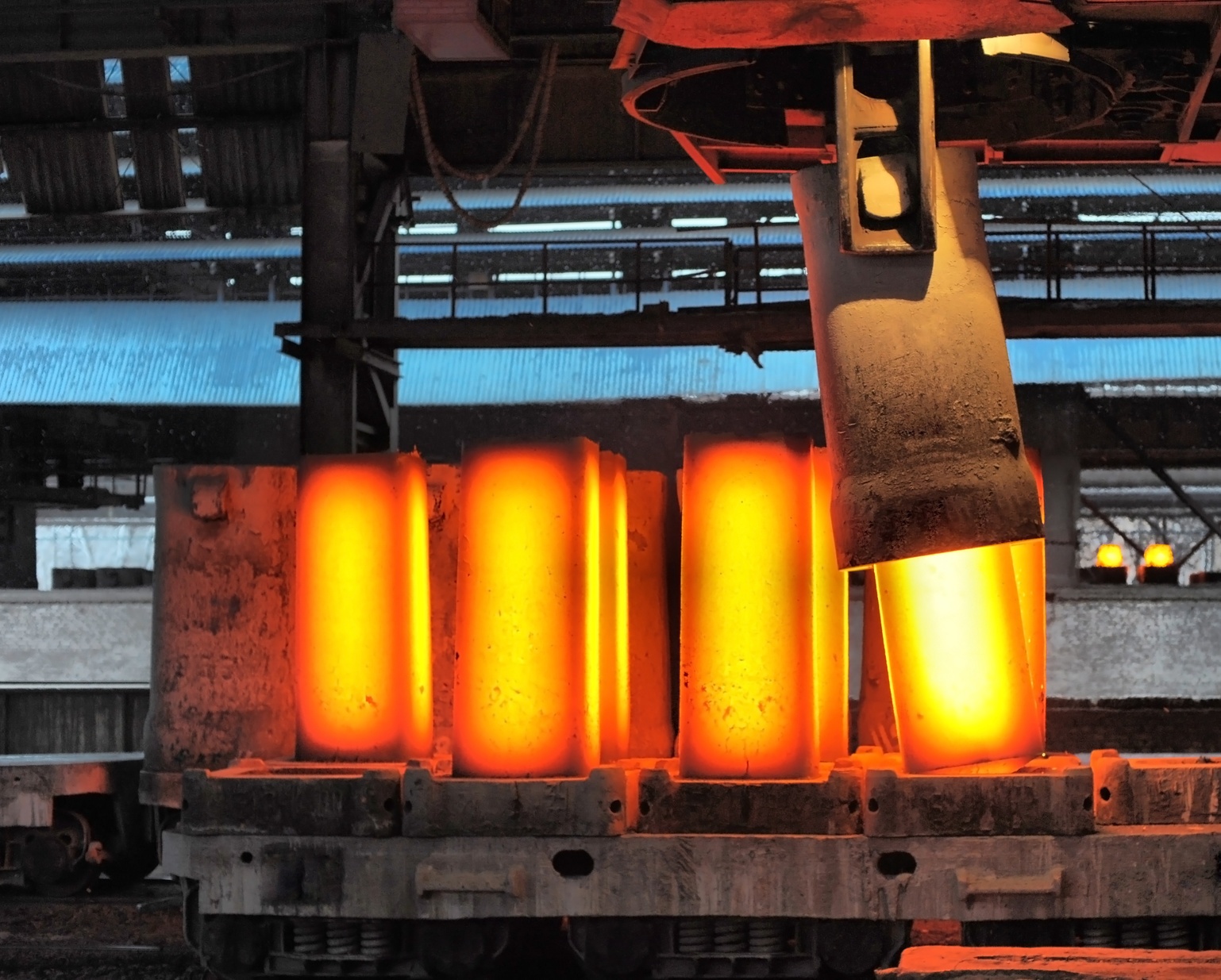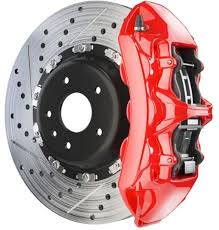Brake Discs and Brake Calipers: Key Functions, Manufacturing Considerations, and Material Requirements
2024-12-18 09:09:09 hits:0
I. Brake Disc (Brake Rotor) Functions and Manufacturing Requirements

1. Brake Disc Functions:
The main function of the brake disc is to work with the brake pads to convert the kinetic energy of the vehicle into heat through friction, thereby slowing or stopping the vehicle. Specific functions include:
- Generating Friction: The brake disc works with the brake pads to generate friction, reducing speed or stopping the vehicle.
- Heat Dissipation: The braking process generates a significant amount of heat, which must be dissipated quickly to prevent brake failure. Brake discs are often designed with ventilation holes or grooves to improve heat dissipation and maintain performance.
- Wear Resistance: Brake discs must have sufficient hardness and wear resistance to withstand prolonged use and friction without excessive wear.
- High Temperature Resistance: The temperature of the brake disc can increase dramatically during braking, so the material must be capable of withstanding high temperatures to ensure braking efficiency is not compromised.
2. Brake Disc Casting Process:
Several key steps and considerations are involved in the brake disc casting process:
- Material Selection: Brake discs are typically made from gray cast iron (e.g., GG20, GG25) due to its excellent castability, wear resistance, and heat resistance, which makes it suitable for high-heat and high-friction conditions.
- Casting Process: Sand casting or metal mold casting is often used for brake disc production. These processes ensure dimensional accuracy and surface quality, preventing defects such as porosity and cracks.
- Heat Treatment: After casting, brake discs often undergo heat treatment (such as annealing or normalizing) to improve mechanical properties and wear resistance. Proper heat treatment enhances hardness and toughness, improving fatigue strength.
- Quality Control: Every stage of the casting process requires rigorous quality control, including inspection of the appearance, dimensional accuracy, hardness, and surface defects (e.g., porosity, cracks).
3. Brake Disc Specifications:
The final specifications of a brake disc typically include:
- Dimensional Accuracy: The outer diameter, inner diameter, thickness, and other dimensions of the brake disc must meet strict tolerances to ensure compatibility with other brake system components.
- Weight: The weight of the brake disc must be controlled precisely. A disc that is too heavy or too light can affect braking performance.
- Surface Finish: The surface of the brake disc should be smooth and free from significant casting defects. Surface roughness is typically controlled within specific limits to ensure effective friction between the brake pads and the disc.
II. Brake Caliper Functions and Manufacturing Requirements
1. Brake Caliper Functions:
The brake caliper (or brake housing) plays a crucial role in clamping the brake pads against the brake disc to generate braking force. Specific functions include:
- Clamping the Brake Disc: The brake caliper contains hydraulic pistons and brake pads. When hydraulic pressure is applied, the pistons push the brake pads against the brake disc, generating friction to slow or stop the vehicle.
- Support: The brake caliper provides a stable structure for the brake pads and brake disc, ensuring that the brake pads make uniform contact with the disc.
- Guidance: The brake caliper ensures the brake pads remain in the correct position and orientation during braking, preventing uneven friction.
- Heat Dissipation: As the brake caliper works, it generates heat, so it must have good heat dissipation properties to avoid overheating, which could affect braking performance.
2. Brake Caliper Casting Process:
Key considerations in the brake caliper casting process include:
- Material Selection: Brake calipers are commonly made from cast aluminum or cast iron. Aluminum is favored for its light weight and good heat dissipation, making it ideal for standard passenger vehicles. High-performance vehicles may use cast iron or composite materials for additional strength.
- Casting Process: Brake calipers are typically produced using precision casting or die casting methods. Precision casting ensures high dimensional accuracy and surface quality, while die casting is suitable for large-scale production.
- Heat Treatment: Brake calipers undergo heat treatment (such as solution treatment and aging) to improve strength and corrosion resistance. This is particularly important for aluminum calipers, as heat treatment enhances their fatigue resistance and lifespan.
- Quality Control: Strict quality control is necessary to ensure the casting quality of the brake caliper. This includes testing for density, hardness, surface defects, and dimensional accuracy, with methods like X-ray inspection, ultrasonic testing, and liquid penetrant testing.
3. Brake Caliper Specifications:
Specifications for brake calipers typically include:
- Dimensional Tolerances: The brake caliper must meet precise dimensional tolerances, especially for key features like mounting holes and bolt positions, to ensure proper fit with the brake disc and vehicle system.
- Weight: The caliper must be lightweight but strong enough to withstand the forces generated during braking. Excess weight can increase unsprung mass, affecting vehicle handling.
- Surface Quality: The surface of the brake caliper must be smooth and free from defects like porosity or cracks, as these could affect performance and durability.
III. Material Requirements:
The materials used for both brake discs and brake calipers must have the following characteristics:

- High Temperature Resistance: Since the braking process generates significant heat, the material must be capable of withstanding high temperatures without deforming or failing.
- Wear Resistance: Both brake discs and brake calipers are subjected to friction, so the materials must have excellent wear resistance to prolong their lifespan.
- Strength and Toughness: Brake components must be strong enough to withstand the mechanical forces involved in braking, yet tough enough to resist cracking or failure.
- Matching Thermal Expansion: The thermal expansion coefficient of the material must be compatible with other components in the braking system to prevent stress due to thermal expansion differences.

 en
en  fra
fra  de
de  ru
ru  gle
gle  th
th  ara
ara  it
it  jp
jp  kor
kor  zh
zh 



